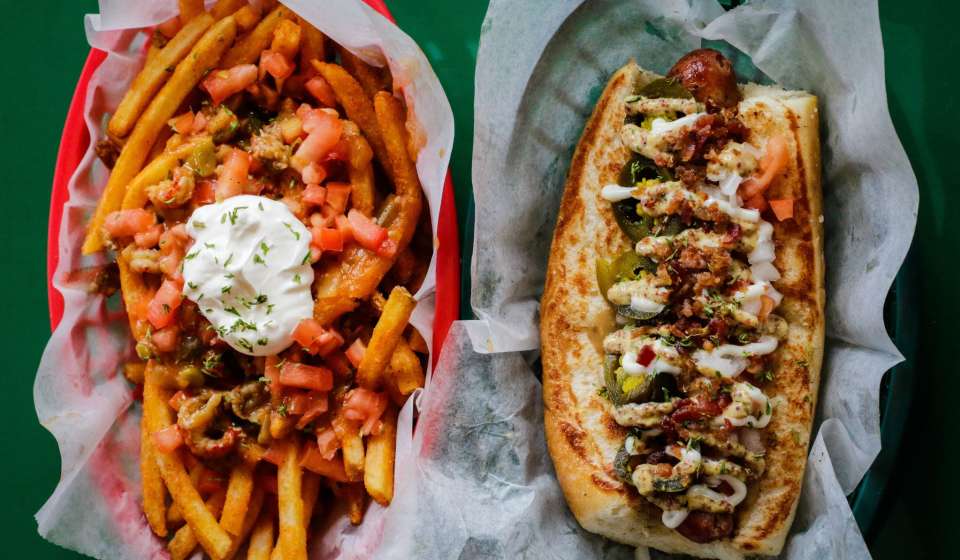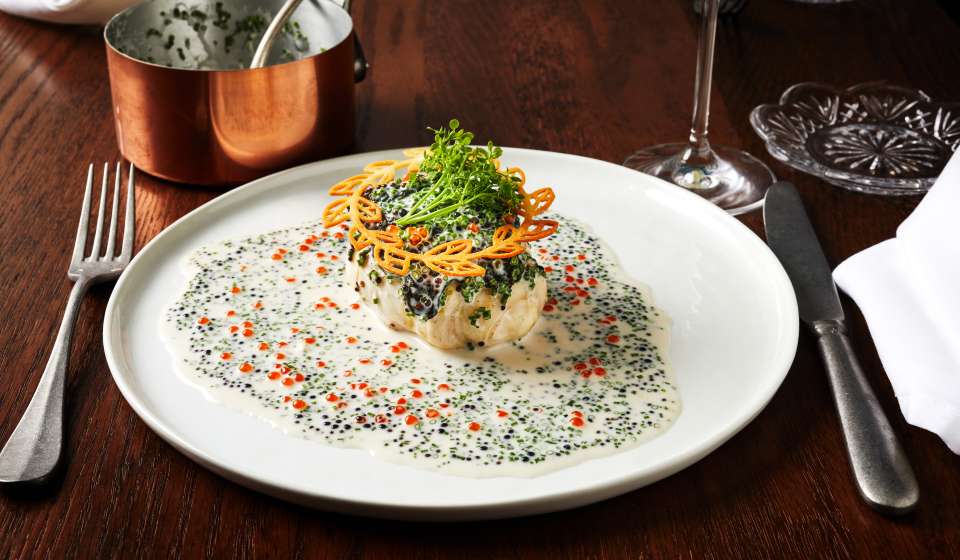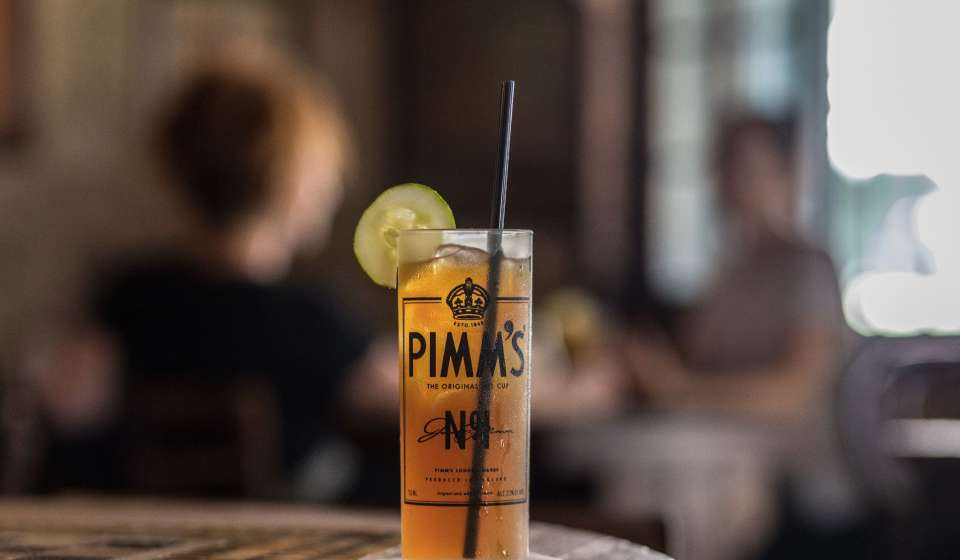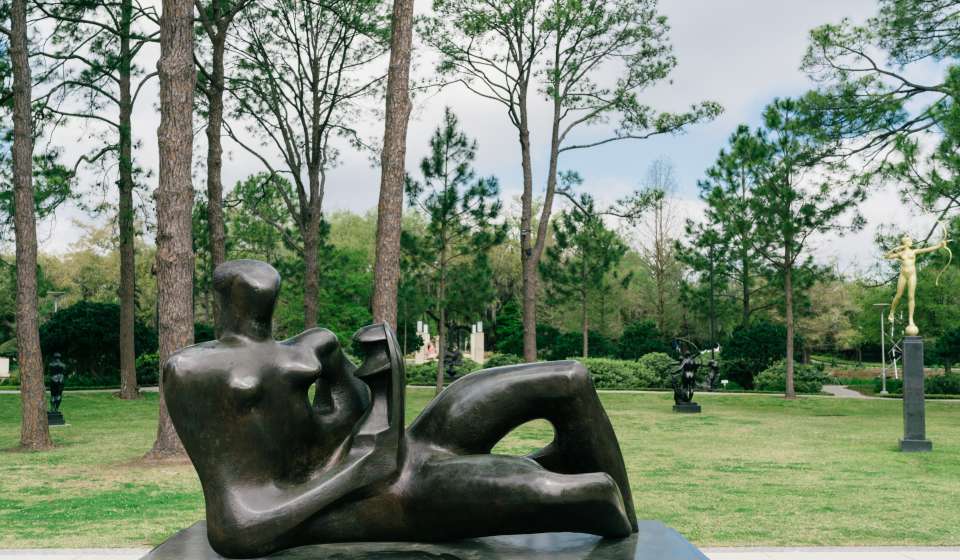
-
Wedding Tools
- Complimentary Planning Assistance
- Destination Wedding Guide Digital Copy
- Elopement Packages
- Marriage License & Legal Essentials
- Checklist
- Welcome Bag Ideas
- Second Lines
- The History of Wedding Umbrellas and More in New Orleans
- Wedding Cake Pulls
- Destination Wedding Guide Printed Copy
- Wedding Inspiration
-
Venues
-
Vendors
-
Pre & Post Wedding
- Wedding Inspiration
- Contact Us
-
Why New Orleans Is Built To Host
- Hotels
-
Meeting & Event Venues
-
Services & Planning Tools
-
Group PR & Marketing Tools
- Convention Calendar
- Testimonials
- Awards
-
Online RFP
- Availability Grid
- Contact Us
-
Things to Do
-
Eat
-
Drink
-
Stay
- Book a New Orleans Hotel
- Hotel Directory
- Bed And Breakfasts: Hotels - New Orleans & Company
-
Places To Stay: New Orleans Hotels - New Orleans & Company
- Saint Charles Avenue Hotels
- Luxury Hotels
- Garden District Hotels
- French Quarter Hotels and Lodging
- Downtown/Central Business District Hotels and Lodging
- Bourbon Street Hotels
- Green Hotels
- Bourbon Street Balcony Hotels - New Orleans & Company
- Haunted Hotels in New Orleans
- Pet-Friendly Hotels
- Historic Hotels
-
Calendar
-
Trip Planning Tools
- Insider's Blog
- LOVENOLA.TV 24/7 Broadcast
-
Weddings
-
Wedding Tools
- Complimentary Planning Assistance
- Destination Wedding Guide Digital Copy
- Elopement Packages
- Marriage License & Legal Essentials
- Checklist
- Welcome Bag Ideas
- Second Lines
- The History of Wedding Umbrellas and More in New Orleans
- Wedding Cake Pulls
- Destination Wedding Guide Printed Copy
- Wedding Inspiration
-
Venues
-
Vendors
-
Pre & Post Wedding
- Wedding Inspiration
- Contact Us
-
Wedding Tools
-
Meeting Planners
-
Why New Orleans Is Built To Host
- Hotels
-
Meeting & Event Venues
-
Services & Planning Tools
-
Group PR & Marketing Tools
- Convention Calendar
- Testimonials
- Awards
-
Online RFP
- Availability Grid
- Contact Us
-
Why New Orleans Is Built To Host
-
Groups
-
Travel Professionals
-
Membership
-
Press and Media
- Community

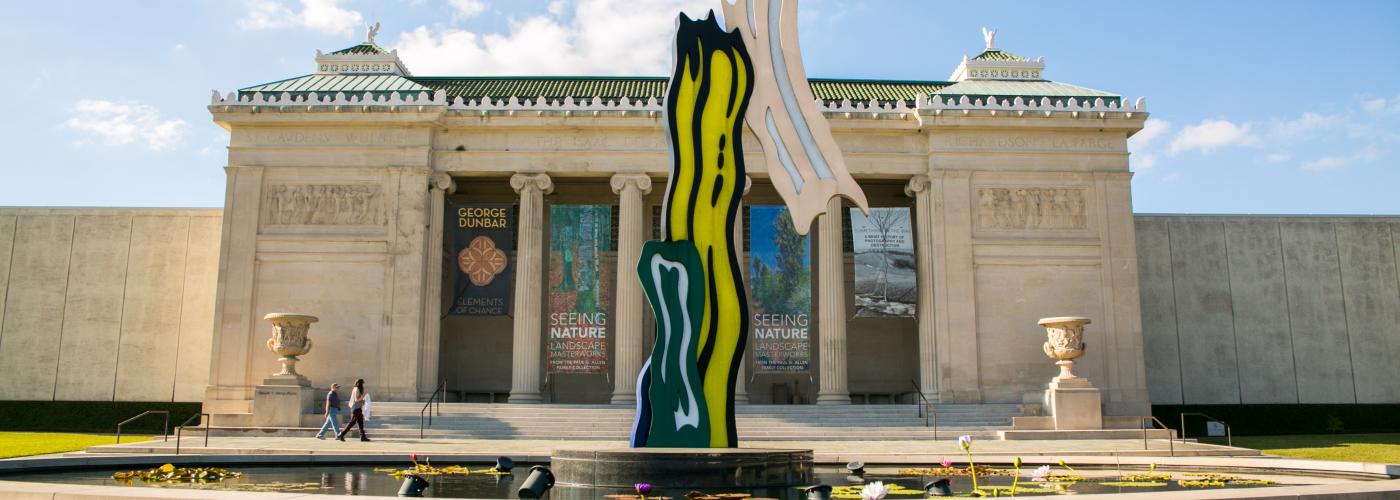
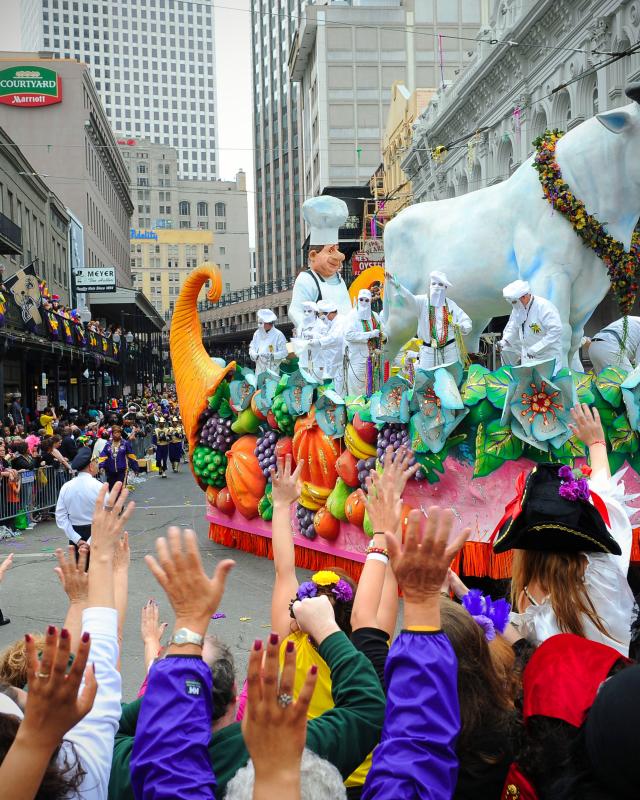

Jewish Culture in New Orleans
Jewish people have long roots in New Orleans
The Jewish community has existed in New Orleans since French Colonial times. Through periods of social and economic success, and even times of exile and persecution, the Jewish population of New Orleans has grown and contributed to the city for more than two centuries.
Old and New Traditions
The first Jewish immigrant came to New Orleans in 1724, a Dutch Sephardic Jew named Isaac Monsanto. A small population of Jewish immigrants followed him seeking a new life in America.
By the mid-1700s, a modest number of Jews had trickled into the city to seek opportunity. Shortly after their arrival, the French colonists decreed that they be expelled from New Orleans, with the Code Noir or Black Code. Despite an order for their exile, many members of the determined Jewish community were still able to establish their own shops and businesses.
However, after taking control in 1769, the second Spanish governor sought to expel successful Jewish merchants he considered a threat to Spanish economic power. Even the family of Isaac Monsanto, the first Jewish New Orleanian, had to temporarily flee to Florida.
Despite such treatment the Jews persevered, and continued to return to the city through the changing colonial regimes. In fact, Jewish history says the first New Orleans congregation, Gates of Mercy, began in 1827 with a man named Isaac Solis. Legend has it, Solis couldn’t find any unleavened bread to eat during Passover and was inspired to formalize Jewish life in the city. In addition to the first Jews of New Orleans that came from Western Europe, a new wave began arriving from Eastern Europe. These Dryades Street Jews, so named after the Central City neighborhood where they settled, tended to be Orthodox, working class, and somewhat removed from bustling city life and culture.
Leadership and Community
The Jewish community developed into a small but prominent population in New Orleans. Successful community members, like Judah Touro, a New England Jew of Dutch decent, steadily amassed a fortune as a merchant and businessman. Judah was a lifelong philanthropist, including funding the congregation that became Touro Synagogue in 1850 and the Touro Infirmary, which grew into the enormous hospital it is today.
Despite some anti-Semitism and resistance by local authority the small but mighty Jewish population thrived. The Krewe of Rex’s first King of Carnival in 1872 was Jewish businessman Louis Solomon. But by the early 20th century, Jews, no matter how wealthy, were excluded from elite Mardi Gras krewes and other social organizations. Eventually Jews (and equally excluded black New Orleanians) formed their own krewes, including the modern-day Krewe du Jieux in 1995, a group that took a lesson from Zulu and appropriated anti-Semitic iconography for their costumes, throwing bagels instead of coconuts. Other krewes followed, led by Krewe du Mishigas, which rolls annually in the satirical Krewe du Vieux parade.
Many beloved retail stores have been Jewish-owned: the former Canal Street department stores Krauss and Maison Blanche, the dearly missed K&B Drugs, and the still functioning Adler’s, Hurwitz-Mintz, and Rubenstein’s.
Jewish philanthropy to New Orleans did not stop with Touro. Isaac Delgado founded Delgado Community College and the Museum of Art in City Park; Isidore Newman began one of the city’s top college prep schools; and the city can thank Malcolm Woldenberg for Woldenberg Park and Sydney and Walda Besthoff for the Sculpture Garden behind the New Orleans Museum of Art.
Jewish Community Centers
Over the decades, the Jewish community’s focus gradually shifted farther Uptown and is now dispersed throughout the city and into Metairie. Jewish Community Centers in both New Orleans and Metairie and congregations across the metropolitan area keep New Orleans Jewish life thriving.


